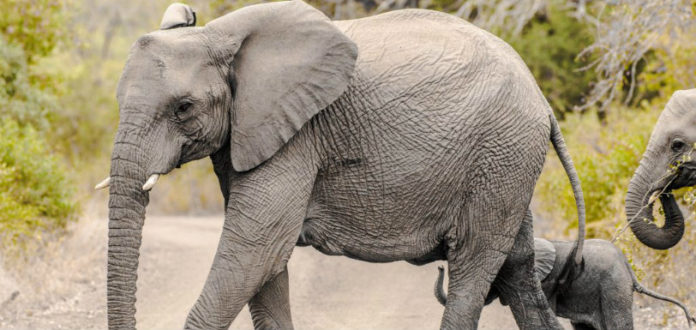A recent study published in the Science Advances states elephant tusk DNA can help in identifying and convicting poachers who kill elephants. The killing of elephants is a matter of concern which is affecting the global population of 4,00,000 elephants.
Elephants are killed so as to import and export their tusks illegally as their tusks are made of ivory. The killings have increased to 40,000 every year.
Director of the Center for Conservation Biology at University of Washington Samuel Wasser said, “They operate over a wide area, move just a few elephant tusks at a time and once their ivory contraband reaches a major port, it can be easily hidden among other goods.”
Prevention of elephant hunting is a necessity which led to several ideas about how to catch the poachers. A report suggests, Wassel with his colleagues approached an idea to convict ivory traffickers. They developed a genetic map of the African elephants across the continent. The genetic map will help them identify where the elephants were living prior to being killed, by proper analyzation of the map and the seized tusks.
Samuel Wassley in a telephonic news conference stated, “This can help law enforcement target areas most susceptible to poaching.”
A special agent of the U.S. Department of Homeland Security, John Brown, is concerned about the loss of 60% elephant population in northern Gabon, West Africa in the last 8 years. Brown, who is a part of the investigation, said, “It helps us focus our investigative efforts and our conservation efforts in the ground to attack the problem at the source and also take down the transnational criminal organizations that are responsible.”
According to sources, the shipment of the tusks is often difficult to track as the traffickers divide the tusk of the same family and genetics into multiple shipments. The DNA from the tusk will help the concerned authorities in not only identifying the genetics, but also in tracking the multiple shipments.
This method of tracking the offenders will be extremely beneficial as it will help in connecting the offenders with multiple illegal shipments. This could further lead to them receiving stricter punishments upon being caught, which could help in combating the issue more effectively.


































